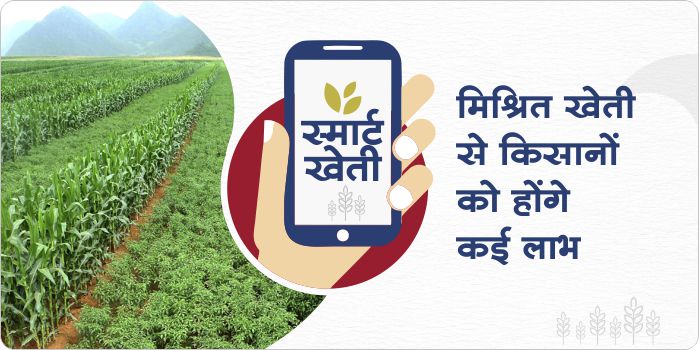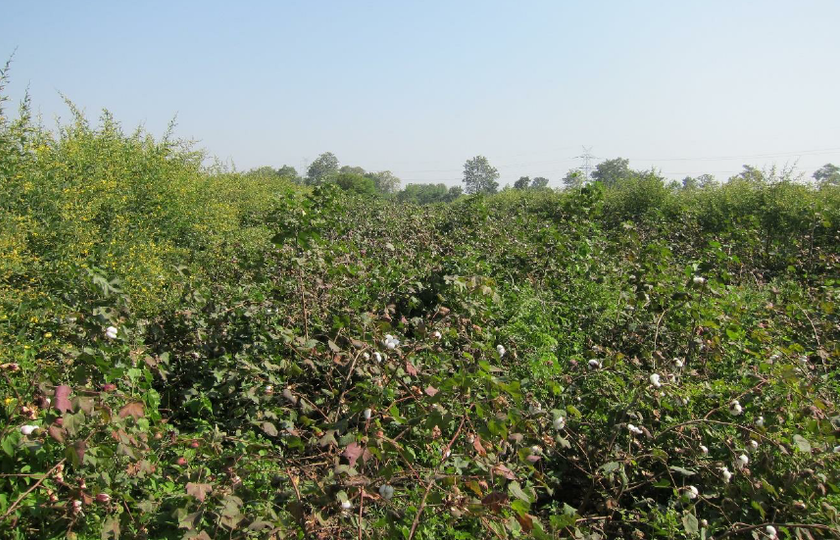-
Taking two or more crops in the same area in different queues at the same time is called intercropping.
-
Crops such as moong or urad can be grown with shallow roots and ready in a short time between the vacant spaces between rows of cotton crop.
-
Inter-cropping will also increase the additional profits and weeds will not be put on the empty space.
-
Inter-cropping helps prevent soil erosion during rainy days.
-
By this method, the variation of crops keeps the crop safe from diseases and pests.
-
This method acts as an insurance against failure of crops in excess or low rainfall. Which avoids the risk of farmers, because even after a crop is destroyed, the yield of the supporting crop is available.
ShareFor more such important information related to the agriculture sector, keep reading the articles of Gramophone daily. If you liked today’s information, then do not forget to like and share.






